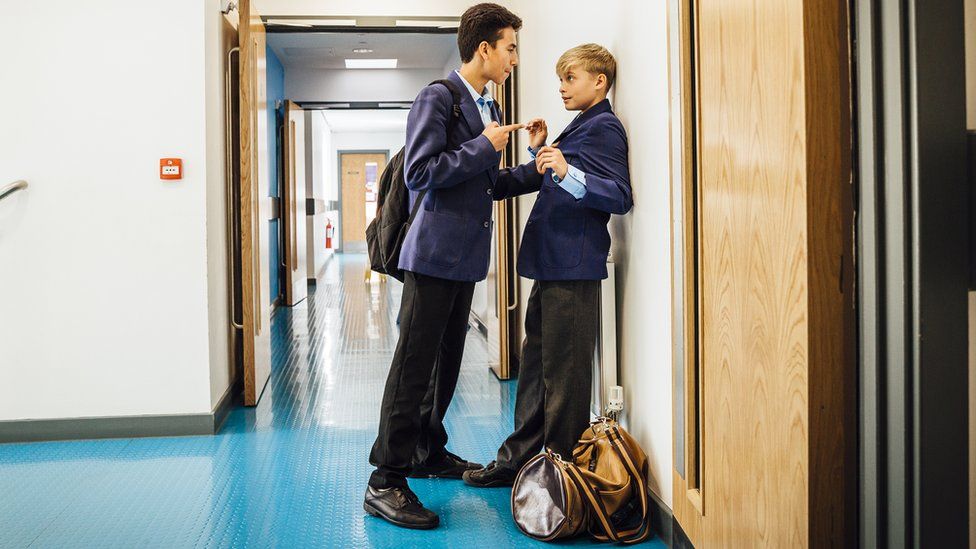
- Understanding Bullying
- The Impact on Students
- Preventive Measures
- Creating a Culture of Respect
Bullying remains a prevalent issue in American schools, affecting countless students across the nation. Its destructive consequences can leave lasting scars on victims, hindering their emotional well-being, academic performance, and overall development. As a society, it is our responsibility to recognize the gravity of this problem and take proactive measures to combat bullying effectively.
Understanding Bullying
Bullying can take many forms, including physical, verbal, and psychological aggression. It involves repeated acts of harm, intentional intimidation, or manipulation aimed at exerting power and control over others. Unfortunately, the prevalence of bullying has been exacerbated by the rise of cyberbullying, which occurs through online platforms, making it harder for victims to escape the torment.
The Impact on Students
The consequences of bullying extend far beyond the schoolyard. Victims often experience anxiety, depression, decreased self-esteem, and social withdrawal. These emotional burdens can adversely affect their academic performance, leading to a decline in grades, absenteeism, and even school dropout. Moreover, bullying not only affects the victims but also creates a toxic environment that compromises the learning experience for all students involved.
Preventive Measures
To combat bullying effectively, a multi-faceted approach involving schools, parents, and communities is essential. Here are some preventive measures that can make a significant difference:
Schools should implement comprehensive anti-bullying programs that educate students, teachers, and parents about the different forms of bullying and their consequences. By raising awareness, fostering empathy, and promoting a culture of respect, schools can create an environment where bullying is not tolerated.
Establishing open lines of communication is crucial. Schools should encourage students to report incidents of bullying, providing them with a safe and confidential means to do so. Parents and teachers should be attentive listeners, creating an environment where victims feel supported and validated.
Empowering students to stand up against bullying is essential. Peer support programs and mentorship initiatives can encourage positive relationships among students, fostering a sense of responsibility and empathy within the student community.
Given the prevalence of technology in students’ lives, addressing cyberbullying is paramount. Schools should provide guidance on safe internet usage, teach digital citizenship, and work closely with parents to monitor online activities.
Schools should collaborate with mental health professionals to provide counseling services and support for victims of bullying. It is crucial to address the emotional and psychological well-being of affected students and equip them with coping mechanisms.
Creating a Culture of Respect
Beyond preventive measures, creating a culture of respect and inclusivity is key to eradicating bullying from schools. Schools should actively promote diversity, tolerance, and acceptance. Encouraging student-led initiatives such as diversity clubs, kindness campaigns, and inclusive events can foster a sense of belonging among all students.

Bullying is a serious issue that demands immediate attention. By implementing preventive measures, fostering open communication, and promoting a culture of respect, we can create safer and more inclusive learning environments. It is the collective responsibility of schools, parents, communities, and society at large to address bullying and provide our children with the support and protection they deserve. Together, we can empower students, nurture their well-being, and create a brighter future free from the scourge of bullying in American schools.



